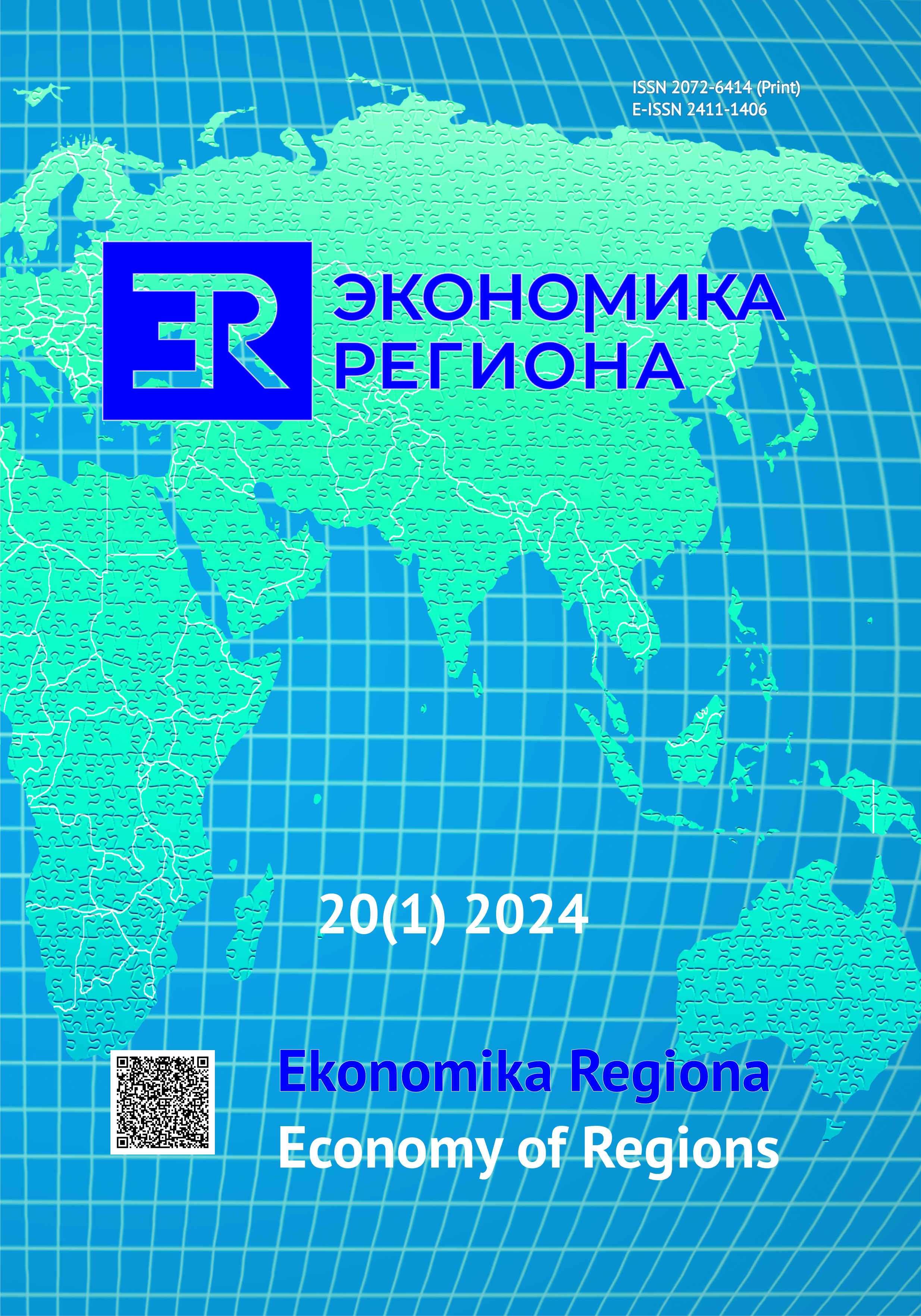Стресс реального сектора российских регионов в условиях пандемии и санкций
Stress in the Real Economy of Russian Regions under the Pandemic and Sanctions
Author(s): Marina Yuryevna MalkinaSubject(s): Economy, National Economy, Socio-Economic Research
Published by: Институт экономики Уральского отделения Российской академии наук
Keywords: region; sanctions; pandemic; shock; stress index; industry; retail; paid services to the population;
Summary/Abstract: Recently, the Russian economy has been affected by sanctions and pandemic shocks. Russian regions reacted differently depending on their spatial location and sectoral structure of economies. Using monthly data for 2016-2023, the article assesses the dynamics of stress of regions’ industrial production volume, retail turnover and volume of paid services to the population. A stress index is calculated as a moving difference between the standard deviation and the average growth rate of the indicator compared to the corresponding period of the previous year. An integrated stress index is a simple sum of individual stress indices normalised using the Z-score method within the panel data framework. As a result, time series of individual and integrated stress indices at the national, federal district and regional levels were obtained. The average stress levels of different Russian regions were compared for the entire period and three sub-periods: pre-pandemic, pandemic (from March, 2020 to February, 2022) and post-pandemic/new sanctions. The data revealed a greater and relatively uniform sensitivity of the service sector of Russian regions to the pandemic; various reactions of regional industries to sanctions, causing the diversification effect across the country; greater trade response to pandemic shocks and industry response to new sanctions. On average, the constituent entities of the North Caucasus Federal District turned out to be the most vulnerable to shocks, while the regions of the Siberian Federal District showed the greatest stability. The study demonstrated that sectoral structure and regional income level are significant factors determining the resilience of the regional real economy to pandemic shocks, while spatial location is also important in response to sanctions.
Journal: Экономика региона
- Issue Year: 20/2024
- Issue No: 1
- Page Range: 16-32
- Page Count: 17
- Language: Russian

